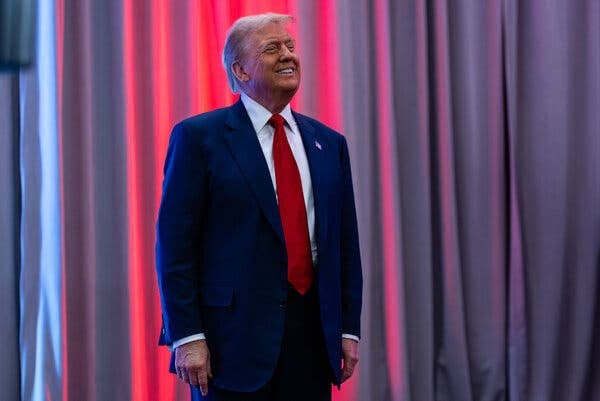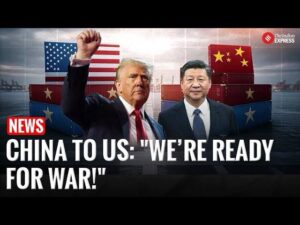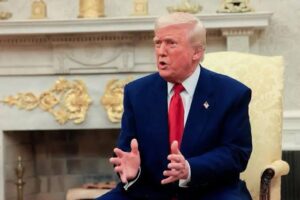Tariffs have long been a powerful economic tool, shaping the landscape of international trade for centuries. In recent years, tariffs have become a topic of renewed interest, especially with former President Donald Trump’s trade policies. His plan to impose new tariffs on imports aimed to bolster American industries and reduce the nation’s trade deficits. Here’s a breakdown of what tariffs are, how they work, and the impact Trump’s policies could have on the U.S. economy and global trade.
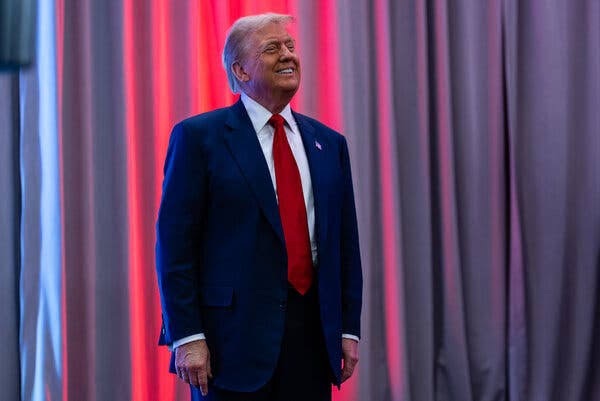
What Are Tariffs?
A tariff is essentially a tax imposed by a government on imported goods. When a country places tariffs on imports, it makes those goods more expensive for consumers and businesses within that country. The goal is to encourage people to buy domestically produced products instead, providing a boost to local industries. Tariffs can be applied as a percentage of the product’s value or as a specific dollar amount per unit, depending on the government’s policy.
How Do Tariffs Work?
When an import enters the country, customs officials assess a tariff based on the predetermined rate. For example, if the U.S. places a 10% tariff on steel imports, an importer bringing $1 million worth of steel into the U.S. would pay an additional $100,000 in taxes. These costs are often passed on to consumers, making imported goods more expensive than domestic alternatives.
In theory, this encourages consumers to buy from local manufacturers, strengthening the national economy. However, tariffs can also lead to increased prices, impacting both businesses that rely on imports and consumers who ultimately pay more.
Donald Trump’s Tariff Plan: Key Points
During his presidency, Donald Trump pushed for higher tariffs on imports, particularly from countries like China, in an effort to bring back American jobs and reduce the trade deficit. His plan was part of a broader “America First” policy that sought to reduce U.S. reliance on foreign manufacturing, especially in industries like steel, aluminum, and technology.
• Focus on Manufacturing: One of Trump’s key arguments for tariffs was that they could protect American manufacturing jobs. By making foreign goods more expensive, he hoped to boost demand for domestically produced alternatives, reviving sectors like steel and automobile manufacturing.
• Trade Deficits: Trump’s plan aimed to address the U.S. trade deficit, which he argued weakened the American economy. By taxing imports, Trump believed the U.S. could reduce its dependence on foreign goods and increase the competitiveness of American industries globally.
• Targeting China: China was a primary target of Trump’s tariff plan. He argued that China engaged in unfair trade practices, including intellectual property theft and currency manipulation. Through tariffs, Trump aimed to pressure China into altering these practices and negotiating more balanced trade deals.
The Pros and Cons of Trump’s Tariff Plan
While tariffs have potential benefits, they come with significant drawbacks that affect businesses, consumers, and even other industries.
Pros:
1. Protecting Domestic Jobs: By making imports more expensive, tariffs can help protect jobs in industries facing competition from foreign producers.
2. Strengthening Key Industries: Tariffs can provide a boost to strategic sectors like steel and technology, helping the U.S. maintain its competitive edge.
3. Negotiating Leverage: Trump used tariffs as a tool for negotiating trade deals, arguing that they would give the U.S. more bargaining power with other nations.
Cons:
1. Higher Consumer Prices: Tariffs often lead to increased prices for goods, as businesses pass the added costs to consumers. This can lead to inflationary pressures within the economy.
2. Retaliation from Other Countries: Tariffs often lead to retaliatory tariffs from trading partners, which can hurt U.S. exports and negatively impact American companies relying on international markets.
3. Supply Chain Disruptions: Many American businesses rely on global supply chains, and tariffs can disrupt these systems, making it harder for companies to source affordable materials and products.
The Global Impact and Future of Tariffs
Trump’s tariffs sparked global debate, with supporters praising his focus on American jobs and critics warning of long-term economic harm. Some industries, such as steel, benefited from the protection, while others, like agriculture, faced challenges from retaliatory tariffs imposed by other countries.
As the global economy continues to evolve, tariffs remain a contentious issue. While tariffs can protect domestic industries, they also risk alienating trade partners and increasing prices. Future administrations may choose to either uphold Trump’s tariffs or explore alternative methods of promoting American industry without imposing high taxes on imports.
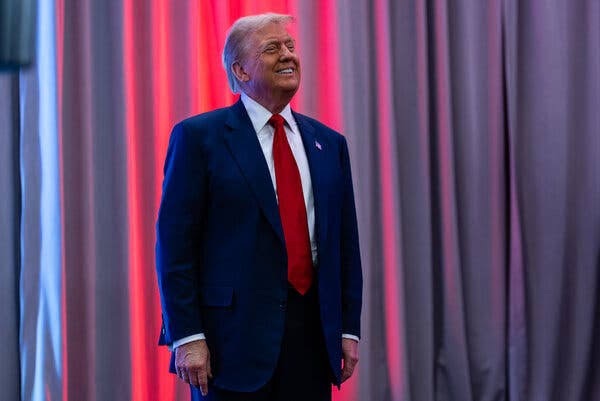
Tariffs are a double-edged sword. While they can protect domestic industries and foster job growth, they also come with risks, including higher consumer prices and trade tensions. Donald Trump’s plan to tax imports, especially from China, highlighted the potential of tariffs to reshape the American economy. As the U.S. navigates its role in the global economy, tariffs remain a key tool, albeit one that requires careful consideration of both its benefits and its costs.
